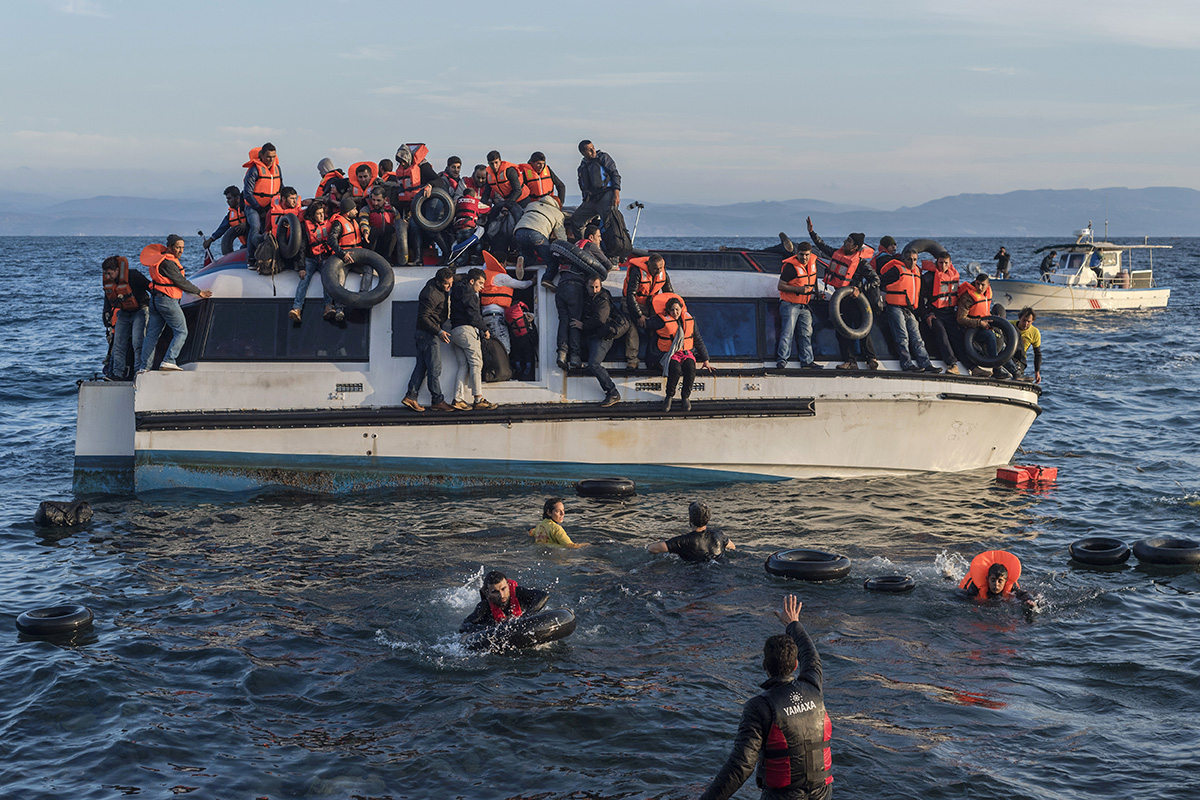3,171 refugees and migrants died or disappeared attempting to cross the Mediterranean during the first eight months of 2016, a 20 per cent increase compared to the same period last year.
The startling figure is the result of analysis of data made available by the International Organization for Migration (IOM). Julia Black leads the IOM’s Missing Migrants Project, which documents migrant deaths worldwide. “If the pace keeps up,” she says, “we are on track to have the most deaths in the Mediterranean (ever recorded in a single year).”

The Central Mediterranean route, which connects North Africa to Italy, saw the highest number of deaths this year, claiming 2,719 lives between January and August. The route has long been recognized as the deadliest crossing in the Mediterranean by groups such as the IOM and Médecins Sans Frontières. But Black says new smuggling tactics have led to more deaths this year.
“Now that there are a lot of rescue operations off the coast of Libya,” says Black, “smugglers will basically equip a boat, often overload it, and give it basically enough petrol to take it out of Libyan waters, so it can be rescued by these rescue operations. But then the ship will suddenly stop, and the people are stranded at sea.”
Smugglers are also increasingly launching multiple boats at once, each potentially carrying hundreds of migrants. When the boats scatter and encounter trouble on the open waters, rescue vessels are left scrambling.
A gruesome responsibility
Few people understand the grisly task of recovering dead bodies better than Jan Bikker, a forensics specialist with the International Committee of the Red Cross. Since May, Bikker has been in Athens, Greece — part of the Eastern Route that migrants take from Turkey — training organizations on how to recover and identify dead migrants.
Bikker has responded to seven shipwrecks since his arrival. “It’s always difficult because, well, normally half of the people who are involved are children, or at least young adults,” he says. And while Bikker is well prepared to respond to these catastrophes, he knows the toll it can take on coast guard crews. “Recovering babies is, of course, not part of their normal job,” he says. “Emotionally, I’m sure many of them will be affected.”
Asked whether he sees an end in sight to the crisis, Bikker offers a bleak assessment: “I don’t think there will be a stop to it.”
No end in sight?
According to Scott Watson, an associate professor of political science at the University of Victoria, this year’s Mediterranean death toll may actually be tied to increased patrolling. Watson points to a similar situation along the U.S.-Mexico border. “As enforcement picked up, they managed to reduce the number of crossings,” he says, “but it forced migrants into more dangerous routes, and so the numbers of fatalities have increased.”
Back in Europe, the number of migrant deaths is all the more concerning considering the number of persons attempting the crossing has fallen by just over 20 per cent. The drop is due in large part to the closing of the Balkan borders, as well as the agreement negotiated this March between the European Union and Turkey.
Like Bikker, Watson is unsure the crisis can be resolved. “The international community is clearly aware of what’s going on and the need to do something,” he says. Watson points to recent efforts to drum up support for increased refugee resettlement, but remains skeptical. “I’m not sure that the tools they have are ultimately going to resolve this, but at least that’s one of the options that’s been kicked around.”

